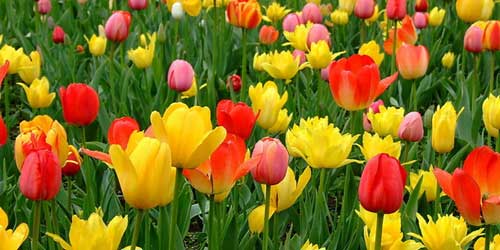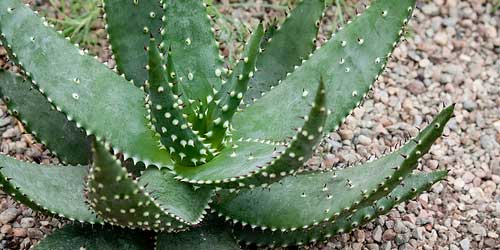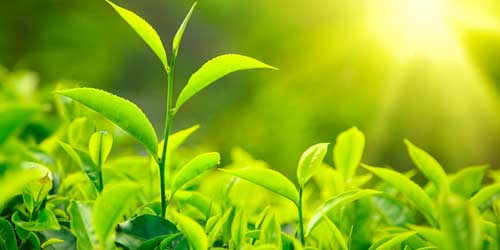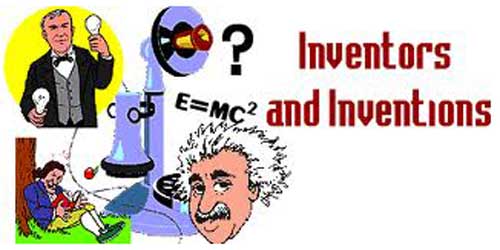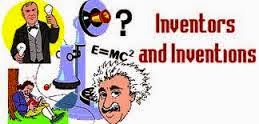Flowering plants are a type of vascular plant that produces flowers in order to reproduce. Flowering plants produce seeds within a fruit. The scientific name for flowering plants is angiosperms.
Life-cycle of a Flowering Plants
Flowering plants follow a specific life cycle.
- Seed – They begin their lives as seeds. Seeds are like baby plants. They have a hard outer shell that protects the seed embryo inside.
- Germination – The seed ends up on the ground. It needs air, water, and soil to grow. When a seed begins to grow, this is called germination. The first growth will usually be some small roots. Then stems will grow.
- Sprout or seedling – When the first sign of life appears above the soil, this is called a sprout or seedling.
- Mature plant – The seedling will continue to grow into a full mature plant with leaves, roots, and stems.
- Flowering – The mature plant will grow flowers. Through pollination, the flowers will produce seeds. When the seeds end up on the ground, the cycle will begin again.
Must Read: Non-Flowering Plant
Flower
Flowers are the reproductive organs of the flowering plants.
The main structures of a flower include:
- Sepal – The sepal is a support structure for the petal. It is typically green and helps to protect and hold up the petal. All the sepals together are called the calyx.
- Petal – The petals are the bright colorful leaves of the flower. The petals are often bright and colorful in order to attract insects that help with pollination. All of the petals together are called the corolla.
- Stamen – The stamen is the part of the flower that produces pollen. There are two main parts of the stamen: the filament and anther.
- Filament – The filament is the stalk that holds the anther.
- Anther – The anther is made up of lobes that attach to the filament. These lobes hold sacs which contain pollen.
- Pistil – The pistil is the female part of the flower. It contains the carpel and the stigma.
- Stigma – The stigma is the area where pollen is received. The stigma may be located at the end of a stalk called the style.
- Carpel – The carpel is the ovary of the flower and contains ovules which are potential seeds.
Fruit
Fruits are a way which many plants spread their seeds. Fruits are formed after the flower is fertilized with pollen. The ovules in the pistil will become seeds and the flower will transform into a fruit.
Also Read: Important Plant Products
Seed
The seed is the embryo of a plant. Sort of like a baby plant. Seeds come in all sizes shapes and colors depending on the type of plant. Inside the seed is a plant embryo, food for the embryo, and a seed coat to protect it.
Seeds may be dispersed by a number of ways including air, water, and animals. Some seeds are light and have hairs or wings that help them to float in the air. Other seeds can float on the water and disperse by riding on rivers and streams. Still other seeds have tasty fruit that animals eat and then get dispersed in the animals’ droppings.
Pollination
In order for an ovary to become a seed, it must receive pollen. Insects and birds can play an important role in pollinating plants. When an insect or bird is attracted to a flower by its bright color, they get pollen on them. As they move from plant to plant, they move the pollen from one plant to another. This helps the plants to reproduce by creating seeds.
Don’t Miss:


